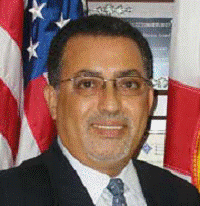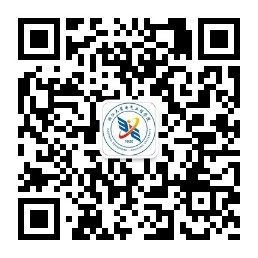主讲人:Professor Osama A. Mohammed
Energy Systems Research Laboratory
Department of Electrical and Computer Engineering
mohammed@fiu.edu
时间:
地点:76net必赢官网玉泉校区教二405
Detailed physics based computational electromagnetic field models of multi component energy systems enable the evaluation of realistic waveforms of voltages and currents for low and high frequency operation. These models also enable inclusion of practical effects such as parasitic elements, leakage saturation, and switching patterns during the system operation. This is essential for studying signatures from individual components and connected systems which is necessary during the design stage. These models also enable the evaluation of conducted and radiated electromagnetic fields in machinery, cables and power converters used in multi component energy systems. The models enhance our ability to determine their signatures and EMI interactions as well as evaluate the effectiveness of connecting controllers and/or other components.
Including detailed physical parameters such as geometrical features, material and thermal models in addition to their variation during their dynamic operation, yields the satisfaction of accurate levels of design objectives which can prove to be useful in devising mitigation strategies such as attenuators and shields. These studies are necessary for product design and for the product to be compliant from EMC point of view.
In multi-scale multi-component system, a number of active and passive components exist and are responsible for the production of unwanted ground currents. The paths to ground allow low and high frequency currents to close a loop between the components. Grounded connection points form paths through high frequency ground capacitors. This current flow between grounding points, of the various components, occurs due to the unbalancing of loading conditions, inter-component fault condition, switching activities and associated harmonics. The high frequency portion of the current due to switching devices couples the control circuits through low-voltage low-current elements and negatively affects the operation of the system.
From an electromagnetic signature point of view, the low and high frequency currents form loops passing this current and the resulting electromagnetic field will radiate in the surrounding environment. Any current loop with either DC or AC currents in the operational system will cause signature issues. If the amplitude of current is large enough to produce detectable field, the signatures must be evaluated for specific applications in order to develop mitigation strategies.
In this presentation, we will show modeling details and procedures to quantify signatures and EMI of actual physical components in several practical examples.

Biographical Sketch of Professor Osama A. Mohammed
Dr. Mohammed is a Professor of Electrical Engineering and is the Director of the Energy Systems Research Laboratory at
Professor Mohammed is a world renowned leader in electrical energy systems and computational electromagnetics. He has published more than 400 articles in refereed journals and other IEEE refereed International conference records. Professor Mohammed is an elected Fellow of IEEE and is an elected Fellow of the Applied Computational Electromagnetic Society. Professor Mohammed is the recipient of the prestigious IEEE Power and Energy Society Cyril Veinott electromechanical energy conversion award and the 2012 outstanding research award from
Professor Mohammed has lectured extensively with invited and plenary talks at major research and industrial organizations worldwide. He serves as editor of several IEEE Transactions including the IEEE Transactions on Energy Conversion, the IEEE Transactions on Smart Grid, IEEE Transactions on Magnetics, IEEE Transactions on Industry Applications, COMPEL and the IEEE Power Engineering Letters. Professor Mohammed served as the International Steering Committee Chair for the IEEE International Electric Machines and Drives Conference (IEMDC) and the IEEE Biannual Conference on Electromagnetic Field Computation (CEFC). Professor Mohammed was the General Chair of the 2009 IEEE IEMDC conference held in
For complete list of publications, the following link has all the details; http://www.energy.fiu.edu/contact/
欢迎广大师生前来参加!

